Artist Interviews 2022
Elizabeth Becker 
By Laura Siebold
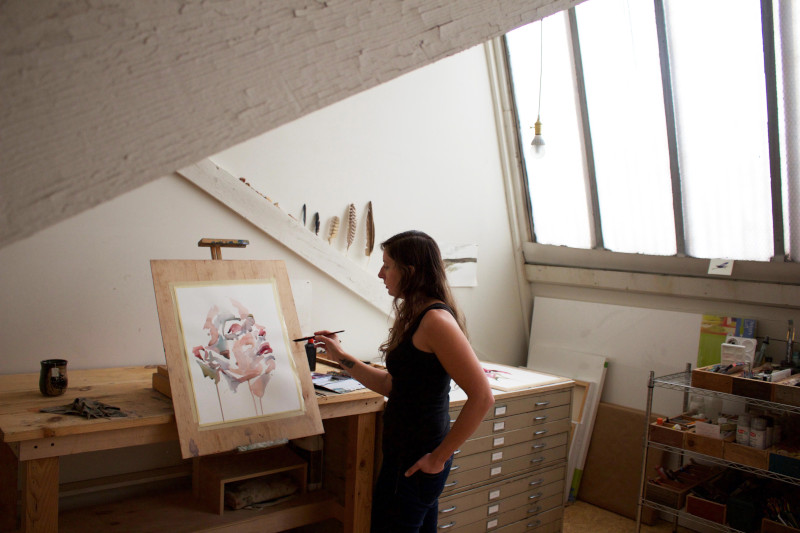
Elizabeth Becker is a masterful watercolor artist. I spotted her work on the SAATCHI Art Page and was very taken by the seemingly effortless strokes of watercolor, creating nude paintings, beautiful landscape sceneries, and depicting wildlife and floral art. Read on to learn more about Elizabeth’s subjects and watercolor as the medium of her choice. In her interview, the artist also tells us about abstractionism inherent to her work, the psychological layer she explores by capturing “the inner realms of [her] subjects” and shares her view of the artist as a creative voice.
Elizabeth Becker is based in Carlisle, Pennsylvania.
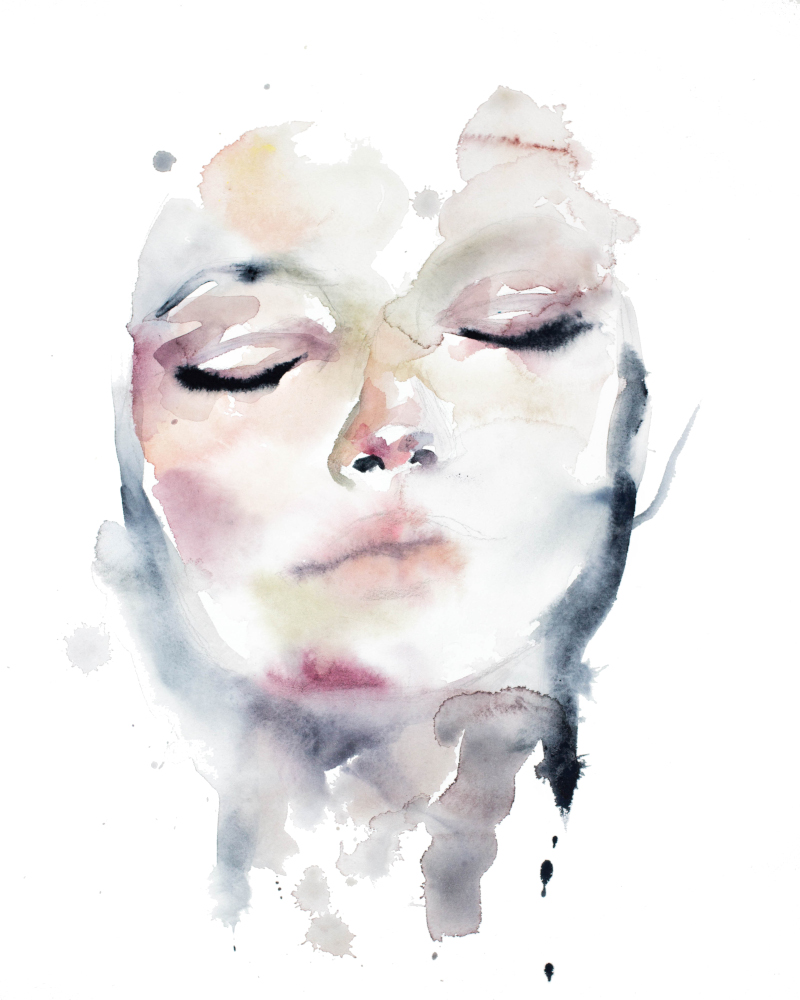
Elizabeth, I discovered your art via the Saatchi Art page, and could not stop scrolling through your paintings. Can you tell us about your early beginnings in the art world? Was there a specific moment in your life when you identified yourself as an artist?
I started painting at a young age and focused on art in high school. That’s when I identified myself as an artist. I went on to study fine art at Pennsylvania College of Art & Design, University of the Arts and Millersville University, where I earned a Bachelor’s degree in Art Education and Psychology. Watercolor Painting was my last course before graduating and I fell in love with the medium.
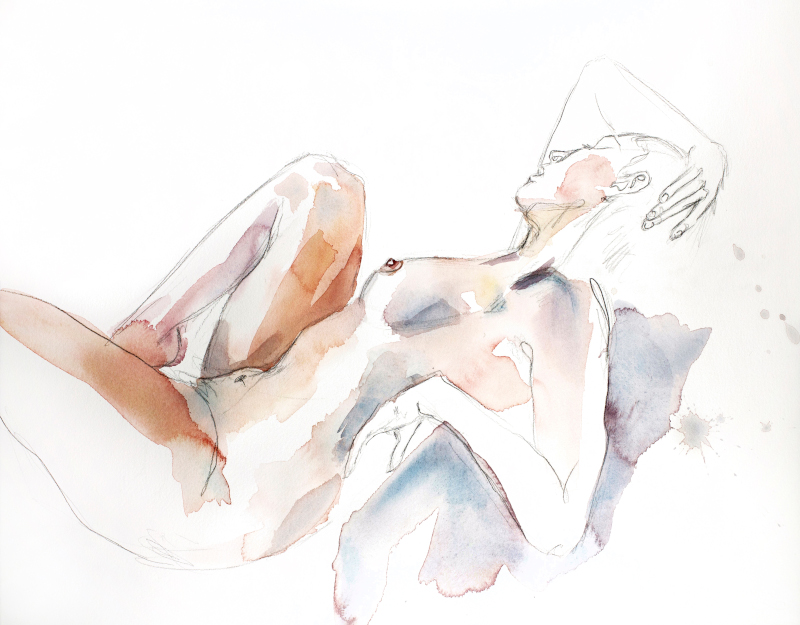
Your work is dominated by botanicals, landscapes, elements of nature, and the female body. You also create abstract work. How do you fuse those different subjects in your work?
I enjoy working with a variety of subjects because I like to experiment, and I don’t want to limit myself. I paint whatever inspires me in the present moment. The handling of the medium and my personal style bring my work into one cohesive body. I paint very loosely and expressively, without much planning, so the process is very meditative.

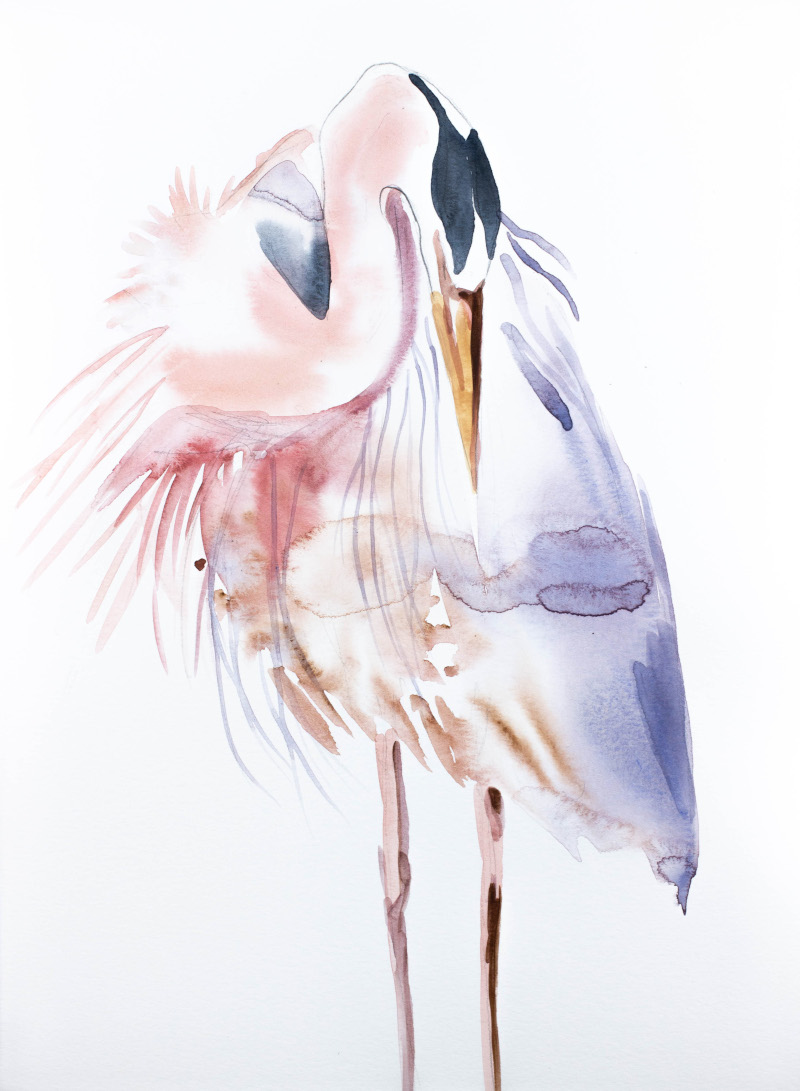
What made you choose watercolors as your primary medium of expression? How do you capture the essence of your subjects with watercolor?
Watercolor comes the most naturally to me. I love how it flows and feels like a living medium that I am collaborating with. I guide the paint, but I allow it to have a life of its own and never feel fully in control. Allowing the colors to bleed together and slowly bloom, while accepting imperfections, is liberating and therapeutic for me — it’s an act of letting go. Every time I paint is an experiment and I’m often surprised by the results, which keeps me excited about the process. When I paint a subject, I try to see beyond its physical form and portray its inner layers. I capture the essence of my subjects by painting expressively and keeping a sense of abstraction in my work. I believe the use of abstraction gets us closer to how things truly are, not just how they appear.
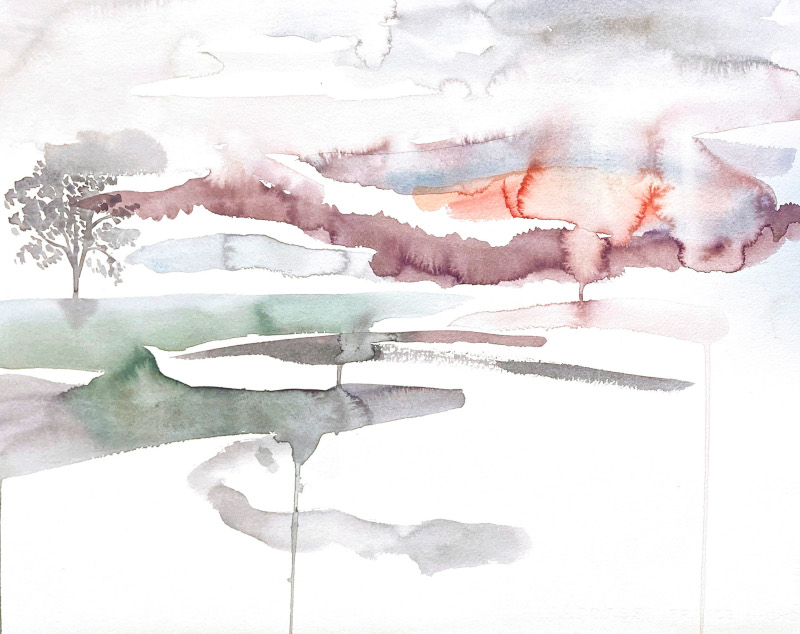
Is the process of creation different depending on the subject you choose? Elaborate.
It can be. There are some subjects that I sketch before painting and others that I don’t. I also handle the medium differently depending on the effect I’m trying to achieve. Sometimes I evenly wet the whole page before painting; sometimes I only wet the areas I’m painting with my brush; and sometimes I squeeze puddles of water on the page with a sponge. I usually complete a painting in one sitting, but there are certain pieces that I layer in several sessions.
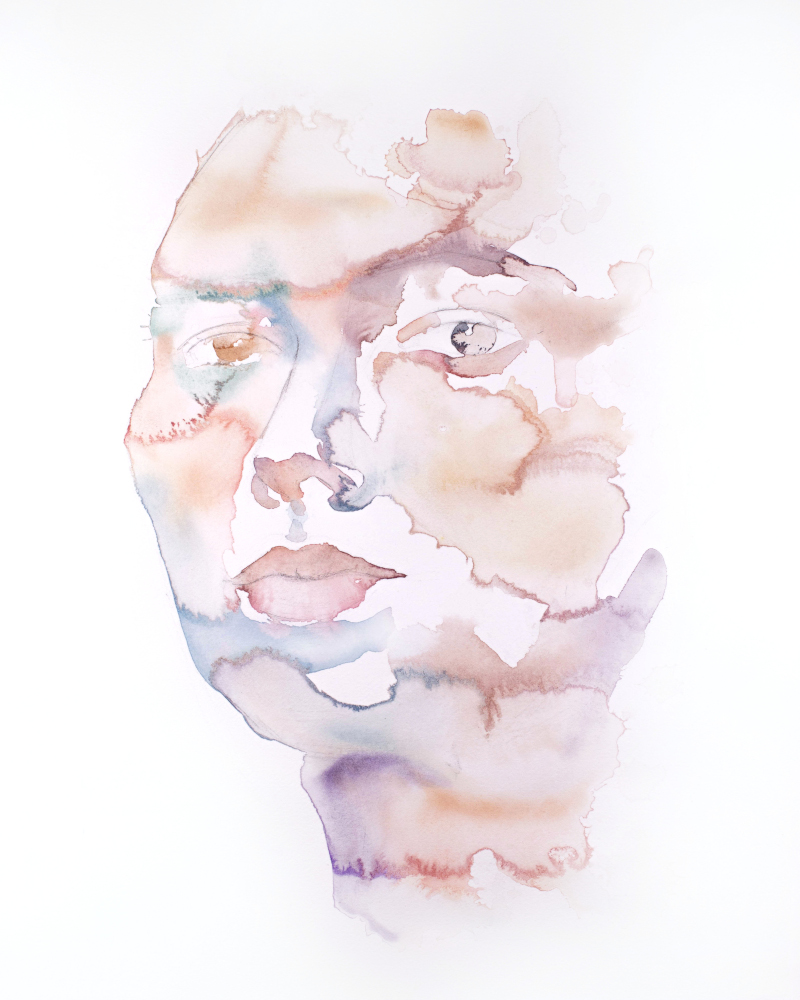
As you studied Psychology, I am interested to know whether your work has a psychological layer. Do you think that your paintings can help women in accepting their unique body, including all colors, shapes, and sizes?
I definitely think my work has a psychological layer. I’m very interested in our inner worlds — our spirits, thoughts, beliefs, and emotions. I believe form is an illusion and we’re not as solid as we appear, so I aim to capture the inner realms of my subjects. I try to celebrate different bodies, colors, shapes and sizes in both my figures and portraits, and I hope my paintings help people see beauty in all unique life forms.
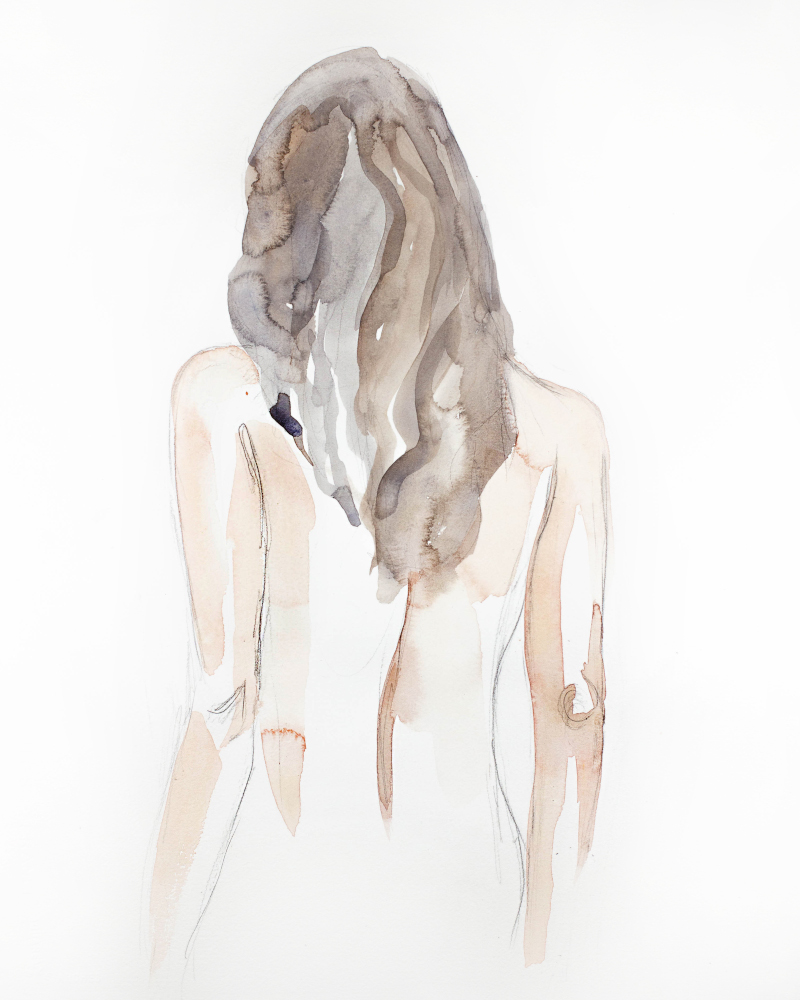
What has been your favorite opportunity to exhibit your art to this day? What is the project you are most proud of and why?
I was very honored to be a part of Saatchi’s “100 Women, 100 Artists” campaign. I also participated in the Rittenhouse Square Fine Art Show in Philadelphia recently. I went to art school in Philadelphia, so it was a fulfilling experience to have a successful show there many years later as a full-time professional artist. It’s been a long path to get to where I am today, and that experience made me reflect on how far I’ve come and how grateful I am to be doing what I love.
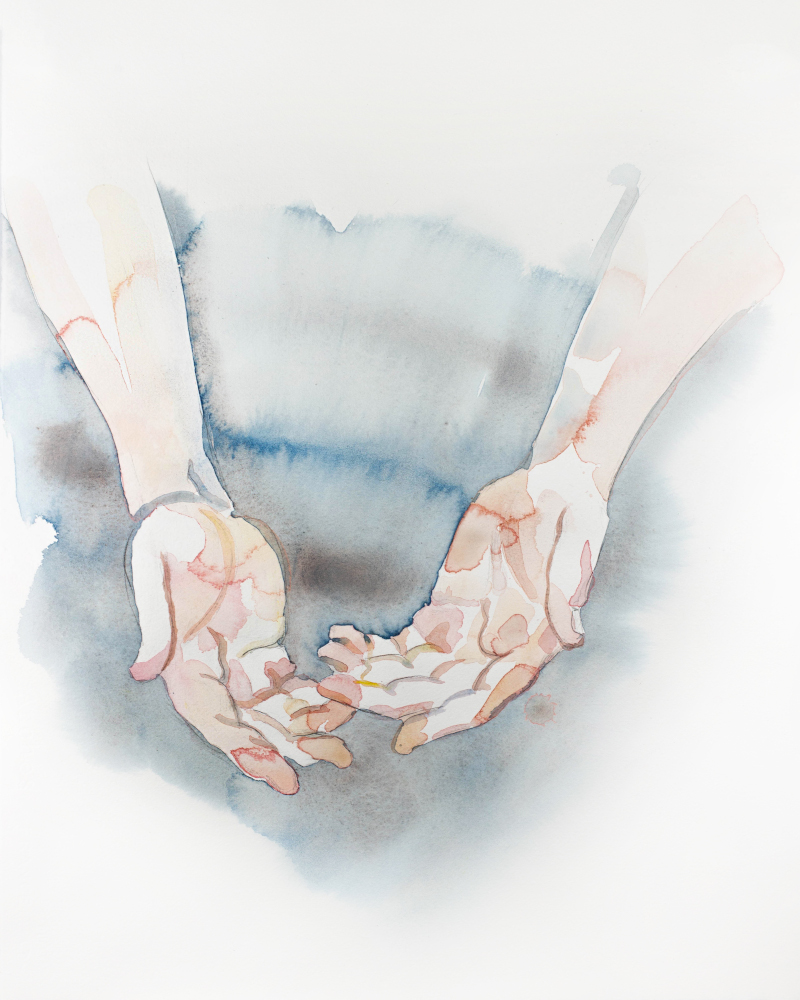
What kind of advice do you have for newly emerging artists to broaden the exposure of their art?
Don’t be afraid to share your work. Take high-quality photos that accurately represent your artwork and build a website that showcases your portfolio in a beautiful way. I would recommend selling your work on various platforms, marketplaces, galleries, and art fairs. Experiment with different avenues and opportunities to find out which options are the best fit for you because it’s a different and personal experience for every artist.
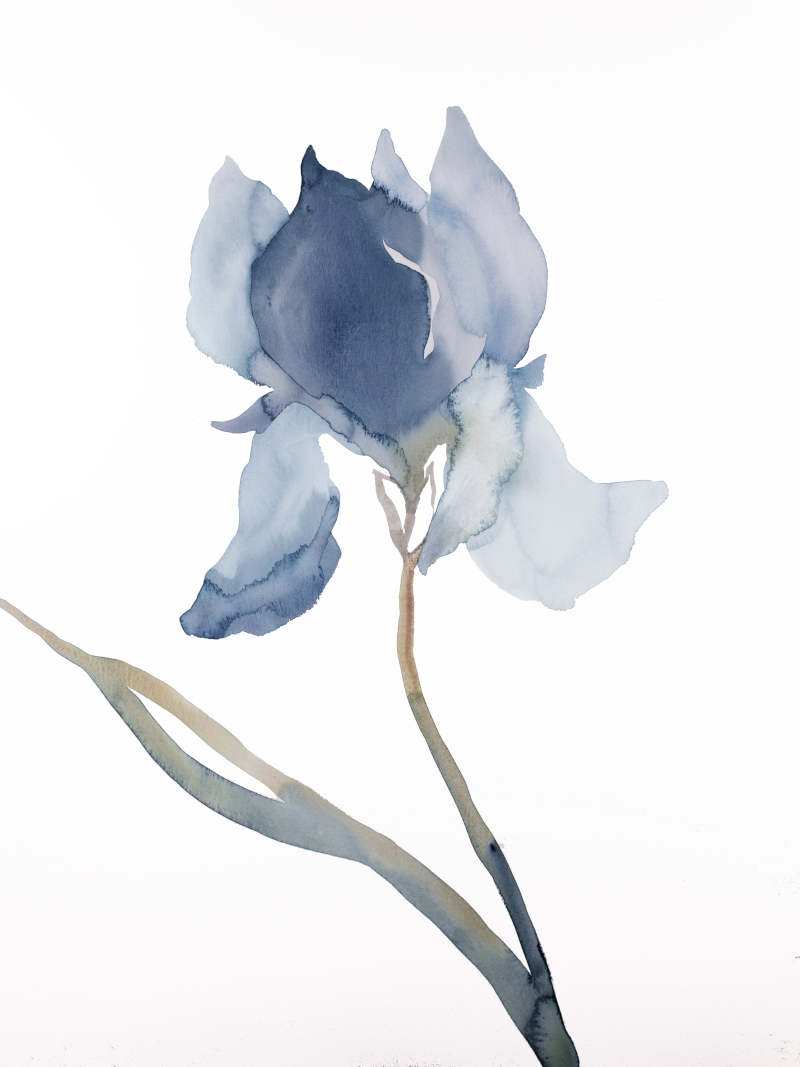
Your portfolio also includes a collection of poetry and paintings titled “Thaw” (2021). How did this project come to life and what have been the reactions of your audience to it?
I started writing before I started painting. I took a break from it for a while but picked it back up in the last five years. My husband and I live in a cabin in the woods with many trails to explore. When I hike and spend time in nature, poems naturally come to me. Eventually I had enough to compose a book, so I decided to self-publish. Some of my botanical paintings were inspired by the forest and paired well with my poetry. I don’t put much effort into promoting my poetry, but I sell the book at a local gallery and at art fairs when I can.
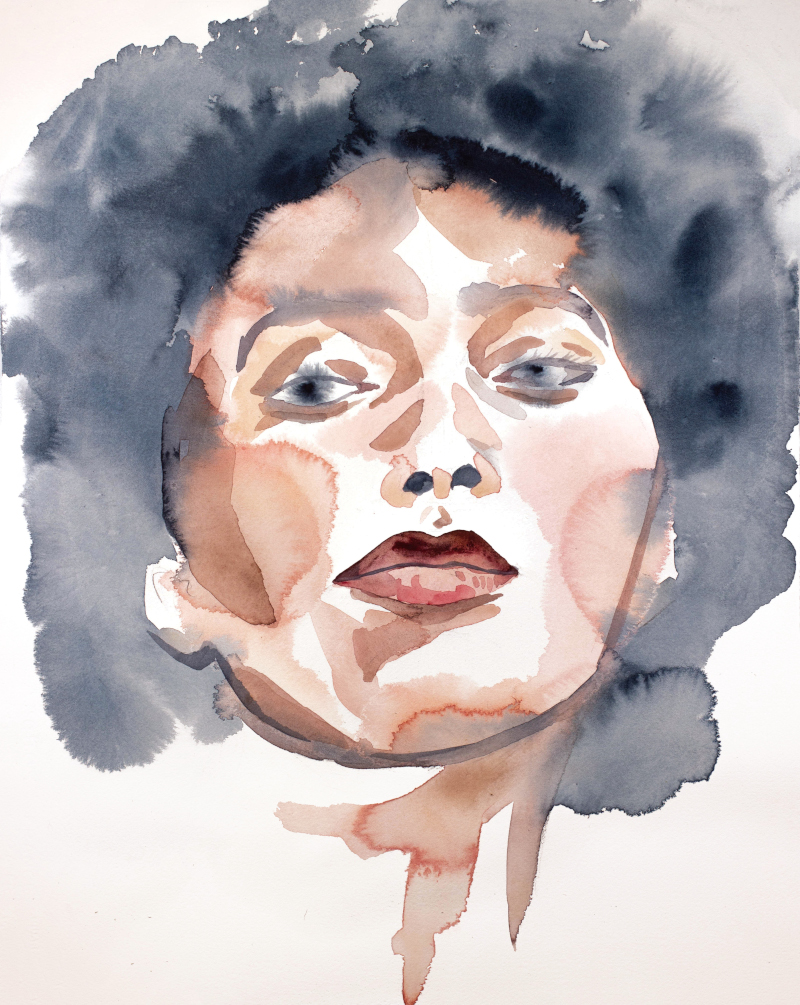
As a female artist portraying women in your work, I assume you are passionate about women’s rights. If you look at the current political climate, notably the situation in Iran,
and women’s rights in the world, do you believe that the artist can be an architect of change?
I am very passionate about women’s rights. I believe that artists have a creative voice to bring light to issues, promote consciousness and create social change. Through art and self-expression, we can inspire people in ways that traditional approaches cannot. Art touches and moves us on a soul level.
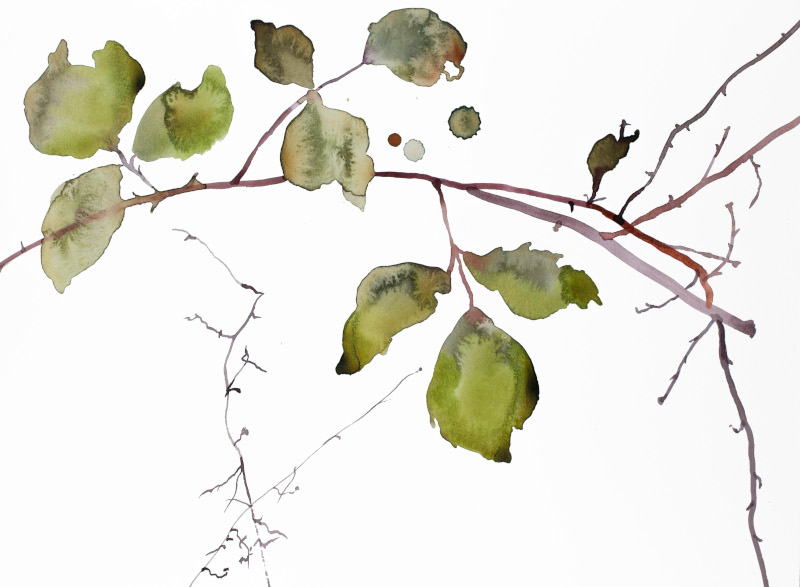
What is the legacy you would like to create for yourself and your art?
I honestly don’t think much about my legacy. My goal is to be present with my artwork and create for myself, in the moment. I paint because I love it and that’s how I want to spend my life. Art has been therapeutic for me since I was a child and I hope the result is therapeutic for my viewers. I hope that living creatively and authentically inspires others.
|
|

